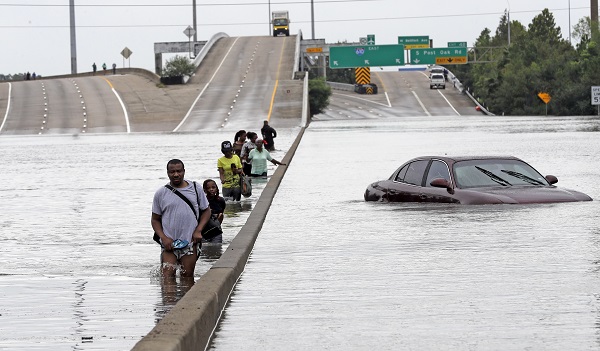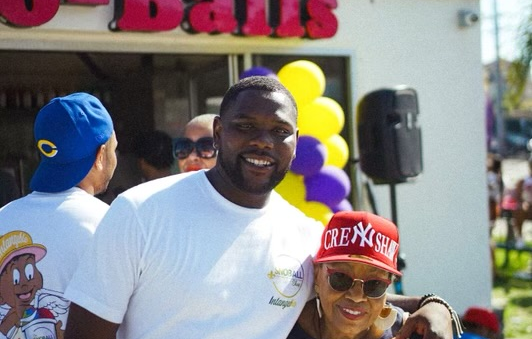
On August, 29, 2005, Hurricane Katrina hit New Orleans, creating one of the most devastating and destructive natural disasters in United States history. This year, marks the 12-year anniversary of the tragic event. As the state of Louisiana looks back on how they have been able to rebuild and overcome emotional and physical trauma, Southern Texas braces itself for the remaining threat of Hurricane Harvey.
To date, Harvey has claimed 30 lives, leaving more than a dozen injured, and these numbers are expected to rise. However, the number is small in comparison to Katrina’s 1,800 plus victims. On August, 26, Harvey was categorized as a tropical storm; however, heavy winds and rainfall continue to be a threat for Southern Texas.
So far, Harvey has disposed more than 11 trillion gallons of rain on Texas. The storm has created “catastrophic damage” causing structural damage to sturdy buildings, some complete roof failure, and complete destruction of mobile homes.
However, Houston Mayor Sylvester Turner has refused to evacuate certain neighborhoods. Once again, the city’s most vulnerable victims reside in poor Black communities, which is nothing new to Black Americans who lived through Hurricane Katrina.
In Houston, poor communities of color are the most vulnerable during a destructive storm due to people of color living in flood risk neighborhoods. Those who are homeless found shelter under highways and other “low-lying areas” to prepare for Harvey.
“You literally cannot put 6.5 million people on the road. If you think the situation right now is bad, you give an order to evacuate, you are creating a nightmare,” Turner stated in an interview. “It has to be coordinated. If it’s not done right, you are putting people in harm’s way and creating a far worse situation.”
Evacuees who are not at the Houston Convention Center have no choice but to flee to the Addicks Reservoir in downtown Houston, which happens to be the same reservoir that is being threatened with an overflow of floodwater rising to 108.57 ft. As a response, Houston residents are saying Mayor Turner failed the city by not ordering evacuations sooner.

According to KPRC-TV, Houston’s 911 center has received more than 56,000 calls since Saturday evening. For this reason, police and firefighters have fielded more than 6,000 rescue calls, resulting in more than 1,000 people being pulled out of flooded homes and streets.
Tuesday, morning, President Trump touched down in Texas to address the damage.
“It’s historic, its epic, but I will tell you it happened in Texas and Texas can handle anything,” said Trump.
Hurricane Harvey isn’t finished! While some residents of Southern Texas are finding shelter in the Houston Convention Center and the Addicks Reservoir, parts of southwest Louisiana are in preparation for an evacuation of their own, after waters rose chest-high in some areas on Monday night, causing homes to be flooded.

“The memories from Hurricane Katrina are flashing back to us as the images from Houston rain down on us,” said New Orleans Mayor Mitch Landrieu in a press conference.
According to Louisiana Gov. John Bel Edwards, first responders have rescued about 500 people so far, and there are currently 269 people in shelters in southwest Louisiana, 200 of whom were rescued.
Recently, the National Newspaper Publishers Association (NNPA) issued an urgent national call to action for people who are being impacted by Harvey.
“We have learned that one of our NNPA member publishers, Sonny Messiah-Jiles, publisher of the Houston Defender, and her family were rescued yesterday by boat from their home as a result of rising flood waters in Houston,” read the statement.
“We are attempting to get an update on status of Karen Carter Richards, publisher of the Houston Forward Times, and on Francis Page, publisher of the Houston Style. We are asking that all NNPA publishers across the nation keep all those affected by the flooding crisis in Texas in our concerned hearts and fervent prayers.”
More details on the Hurricane Harvey are still developing. For breaking news updates follow the Los Angeles Sentinel on Facebook and Instagram @lasentinelnewspaper and Twitter @thelasentinel.
Click here to see more of the devastating storm that hit Southern Texas.






